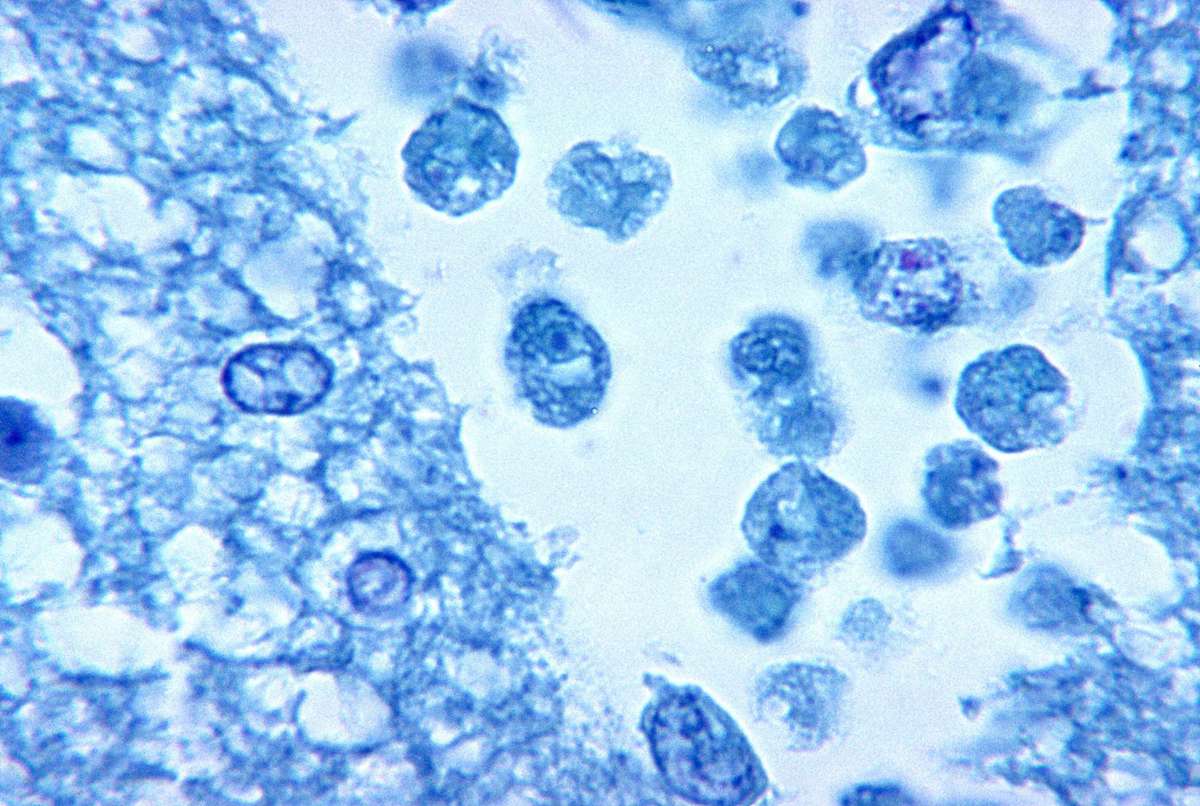Last June, 18-year-old Lauren Seitz, a 2016 high-school graduate from Ohio with plans to head to college that fall, went on a church-sponsored rafting trip at a water park in North Carolina.
Eleven days later, she died, a victim of a rare infection caused by brain-eating amoeba—which was later found to be present in water samples taken from the park's rafting channels and tested by the Centers for Disease Control.
RELATED: What You Really Need to Know About Brain-Eating Amoebas
On Sunday, the one-year anniversary of Lauren's death, her father filed a lawsuit against the U.S. National Whitewater Center, the water park where the lawsuit maintains Lauren contracted the deadly infection. The suit alleges that the park's water channels were dangerous, and that park operators showed “conscious disregard for the safety of visitors," reported the Charlotte Observer.
It’s thought that Seitz contracted the infection when her raft tipped over in one of the channels. According to the suit, the water channels were neither regulated nor treated properly, and Whitewater “negligently breached its duty of care owed to Lauren.”
If this tragic story has you swearing off water parks and vowing to stick to dry ground for your summer vacation this season, take a breath and let us fill you in on the facts about this scary-sounding parasitic infection.
To get our best wellness tips delivered to you inbox, sign up for the Healthy Living newsletter
For starters, the amoeba, known as Naegleria fowleri, is typically found in warm, fresh bodies of water, such as lakes, rivers, and hot springs—not pools or manmade channels. That said, it's possible the organism can thrive in manmade channels like the one Lauren rafted in, but only if the water wasn't chlorinated properly.
While Naegleria fowleri can be deadly, it won’t harm you if it’s swallowed. The only way for the parasite to enter the body and infect you is via the nostrils—say you get dunked underwater or wipe out on a jet ski. If this happens, an infection called primary amebic meningoencephalitis (PAM) can possibly set in, then infiltrate the central nervous system.
When a person is infected with PAM (as Lauren Seitz was), it’s almost always fatal. Symptoms typically present anywhere from one to nine days after exposure and can initially include headaches, fever, nausea, and vomiting. Within days, patients may experience seizures, hallucinations, and even comas.
RELATED: 3 Things You Can Catch From a Pool
As terrible as PAM is, keep in mind that the infection is extremely rare. According to the CDC, only 138 infections were found to occur in the U.S. between 1962 and 2015. This is partly because the parasite prefers to remain in the environment, rather than in humans, where it will likely die.
If you plan on swimming in fresh water this summer, don’t panic. There are steps you can take to diminish your chances of contracting the highly uncommon infection. First, avoid submerging your head in warm, non-chlorinated water. If you’re spending an extended period of time in a lake or river—say by going rafting or tubing—wear a nose plug to block your nasal passages. Doing so will drive down your already low risk of infection.
